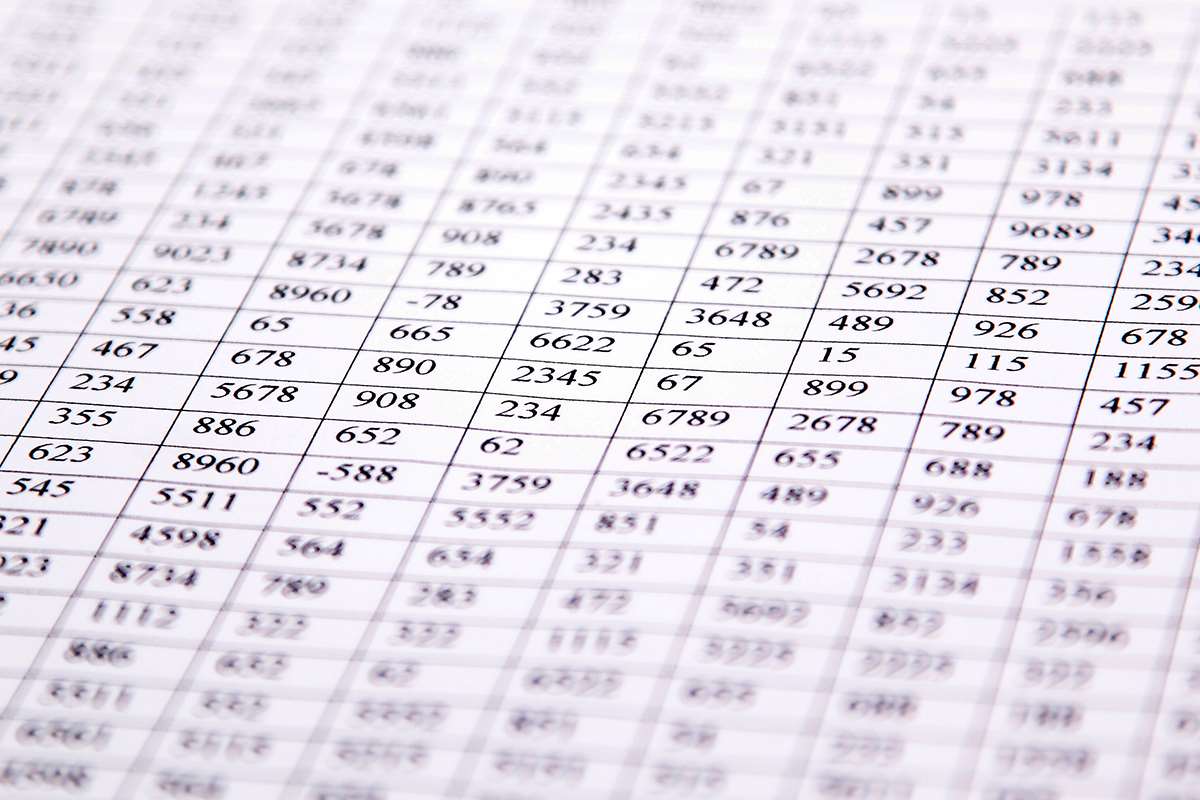Contingent Liability Definition, Why to Record

To avoid this, the accountant may be tempted to make some provisions for potential future expenses of $3m, with the impact of making the profit seem lower in the current year. As the double entry for a provision is to debit an expense and credit the liability, this would potentially reduce profit to $10m. Then in the next year, the chief accountant could reverse this provision, by debiting the liability and crediting the statement of profit or loss. This is effectively an attempt to move $3m profit from the current year into the next financial year.
Using the Standards
If it becomes ‘virtually certain’ (roughly 90-95%, not explicitly defined in IAS 37) that resources will flow in, then the asset is recognised in the statement of financial position and profit or loss. Contingent liabilities must pass two thresholds before they https://www.bookstime.com/ can be reported in financial statements. If the value can be estimated, the liability must have more than a 50% chance of being realized. Qualifying contingent liabilities are recorded as an expense on the income statement and a liability on the balance sheet.

Impact of Contingent Liabilities on Share Price

A contingency describes a scenario wherein the outcome is indeterminable at the present date and will remain uncertain for the time being. Data are published in the Eurostat database, together with the related metadata and country-specific footnotes. The metadata clarifying the completeness, definitions, use of estimations or timeliness of the data are to be provided to Eurostat alongside the data. EXAMPLE contingent liabilities meaning At 31 December 20X8, the legal advisors of Rey Co now believe that the $10m payment from the court case would be payable in one year. EXAMPLE – Likelihood Rey Co’s legal advisors continue to believe that it is likely that Rey Co will lose the court case against the employee and have to pay out $10m. However, it has come to light that Rey Co may have a counter claim against the manufacturer of the machinery.
- Pending lawsuits and product warranties are two examples of contingent liabilities.
- In this case, Rey Co would include a provision for the $10m legal provision in liabilities.
- A business facing environmental cleanup may have to consider the costs spread over many years and discount them to present value terms.
- Shaun Conrad is a Certified Public Accountant and CPA exam expert with a passion for teaching.
- For example, a customer files a lawsuit against a business, claiming that its product broke, causing $500,000 of damage.
- A contingent liability is a specific type of liability that could happen based on the outcome of an uncertain future event.
Probable Contingency
The accounting rules for reporting a contingent liability differ depending on the estimated dollar amount of the liability and the likelihood of the event occurring. The accounting rules ensure that financial statement readers receive sufficient information. In accounting, contingent liabilities are liabilities that may be incurred by an entity depending on the outcome of an uncertain future event[1] such as the outcome of a pending lawsuit. These liabilities are not recorded in a company’s accounts and shown in the balance sheet when both probable and reasonably estimable as ‚contingency‘ or ‚worst case‘ financial outcome.

IFRS Accounting
They integrate the disclosed information into financial models, adjusting cash flow projections and valuation metrics accordingly. For instance, a significant contingent liability may lead to a higher discount rate in a discounted cash flow model, reflecting the increased risk to future cash flows. This adjustment can materially affect the valuation of a company, highlighting the importance of thorough analysis and accurate disclosure. Quantifying contingent liabilities involves evaluating the likelihood of the future event occurring and estimating the potential financial impact. This process is inherently complex due to the uncertainty surrounding the conditions that would trigger the obligation.
- Two classic examples of contingent liabilities include a company warranty and a lawsuit against the company.
- At the end of the year, the accounts are adjusted for the actual warranty expense incurred.
- The company will record the liability in the books of accounts only if it is sure of its occurrence.
- It’s difficult to estimate or even quantify the impact that contingent liabilities could have because of their uncertain nature.
- At the start of the year, Rey Co sets a profit target of $10m for the year ended 31 December 20X8.
- We may earn a commission when you click on a link or make a purchase through the links on our site.
- Therefore, contingent liabilities—as implied by the name—are conditional on the occurrence of a specified outcome.


- EXAMPLE – Likelihood Rey Co’s legal advisors continue to believe that it is likely that Rey Co will lose the court case against the employee and have to pay out $10m.
- Contingent Liabilities refer to the possible liability of the firm which may occur on some future date based on a contingent event that is beyond the company’s control.
- Companies must disclose the nature of the contingent liability, an estimate of its financial impact, and the uncertainties involved.
- For example, Vacuum Inc. will debit the warranty liability account $500 and credit either cash– in the case of a full refund– or inventory– in the case of a replacement– in the amount of $500.
- Remote (not likely) contingent liabilities are not to be included in any financial statement.
